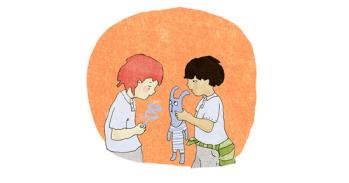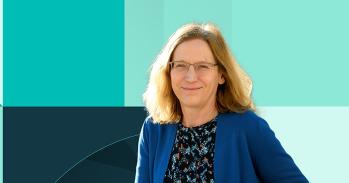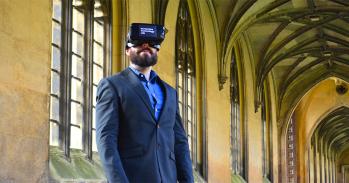
University of Cambridge museums are among those highlighted as examples of best practice in a new report focusing on the outstanding contributions made by the University Museums Group UK.
University of Cambridge museums are among those highlighted as examples of best practice in a new report focusing on the outstanding contributions made by the University Museums Group UK.
Here in Cambridge we are lucky in having many exceptional University museums, each of which contribute to the academic, social and community work of the University
Liz Hide
This publication, launched at the recent Museums Association Conference in Liverpool, celebrates the growing success of university museums as part of the UK higher education sector, showing the unique benefits these collections deliver to the Higher Education, and wider cultural, sector.
The report recognises that large, high-profile museums such as the Fitzwilliam Museum are the “major cultural provider[s] in their areas”, while also highlighting the contributions of smaller and specialist museums such as the six ‘embedded’ University of Cambridge museums, attached to different Departments, including the Polar Museum, the Sedgwick Museum of Earth Sciences and the Whipple Museum.
University museums make a unique contribution to the public profile of universities across the UK; they hold 30% of nationally-significant collections but constitute only 4% of England and Wales’ museums. The University of Cambridge Museums (UCM) encompasses five of these nationally significant (‘designated’) collections, one of the largest clusters outside of London.
Last year, more than 100 UK university museums hosted four million public visits to 200 exhibitions and 3,500 public events.
Liz Hide, University of Cambridge Museums Officer, said: “Here in Cambridge we are lucky in having many exceptional University museums, each of which contribute to the academic, social and community work of the University. This report also celebrates the important leadership role they play in the wider museums sector.”
The report, Impact and Engagement, recognises the important role that University Museums play in supporting and delivering research, as well as inspiring students and enhancing their learning. For example, the Fitzwilliam Museum, working with the Faculty of Education, has enabled object-based learning to be embedded in Primary PCGE courses, and in English, Religious Studies and Modern Foreign Languages in secondary education. In 2013, museum staff ran sessions that were attended by more than 200 Cambridge PGCE students.
University Museums also contribute substantially to widening participation, often being the first contact that children and young people have with Higher Education Institutions. The UCM’s own Children and Young People’s and Widening Participation Officer, jointly funded through the University’s Widening Participation fund, is quoted as an example of good practice in the report.
The full report is available at http://issuu.com/universitymuseumsgroup/docs/impact_and_engagement
This work is licensed under a Creative Commons Licence. If you use this content on your site please link back to this page.





